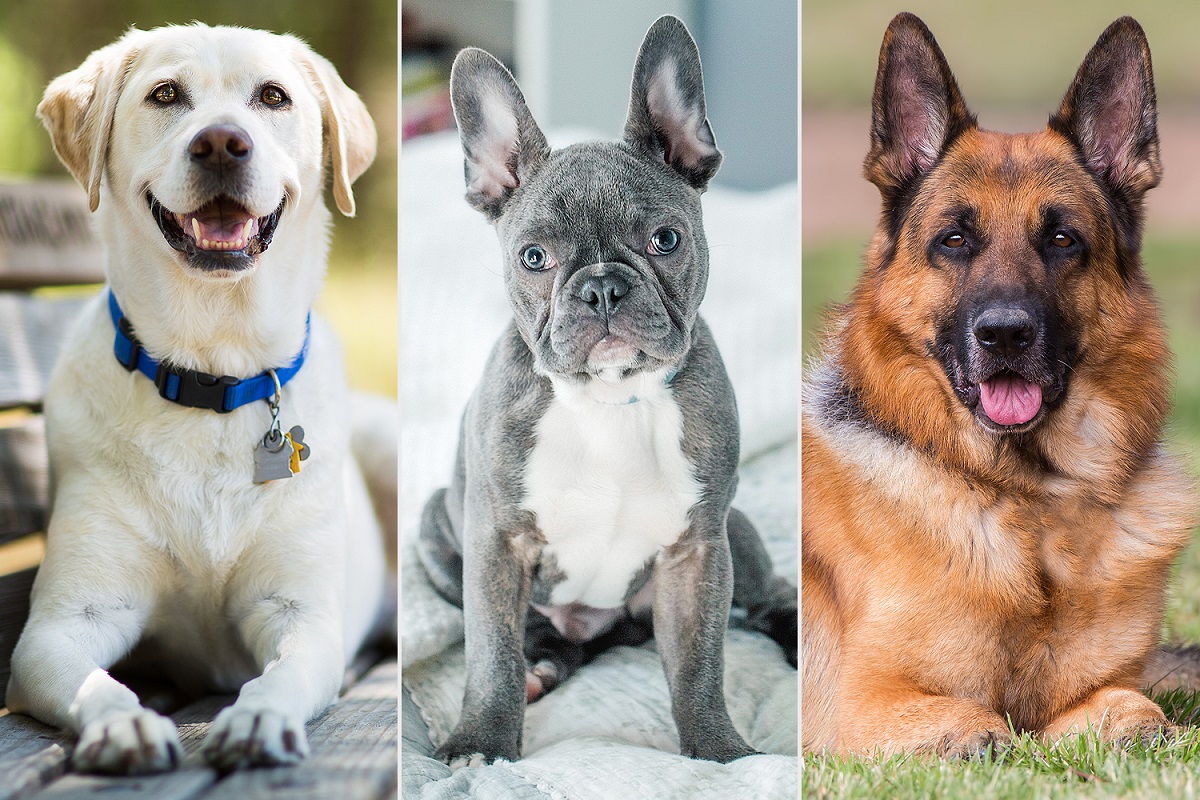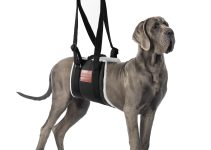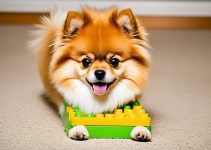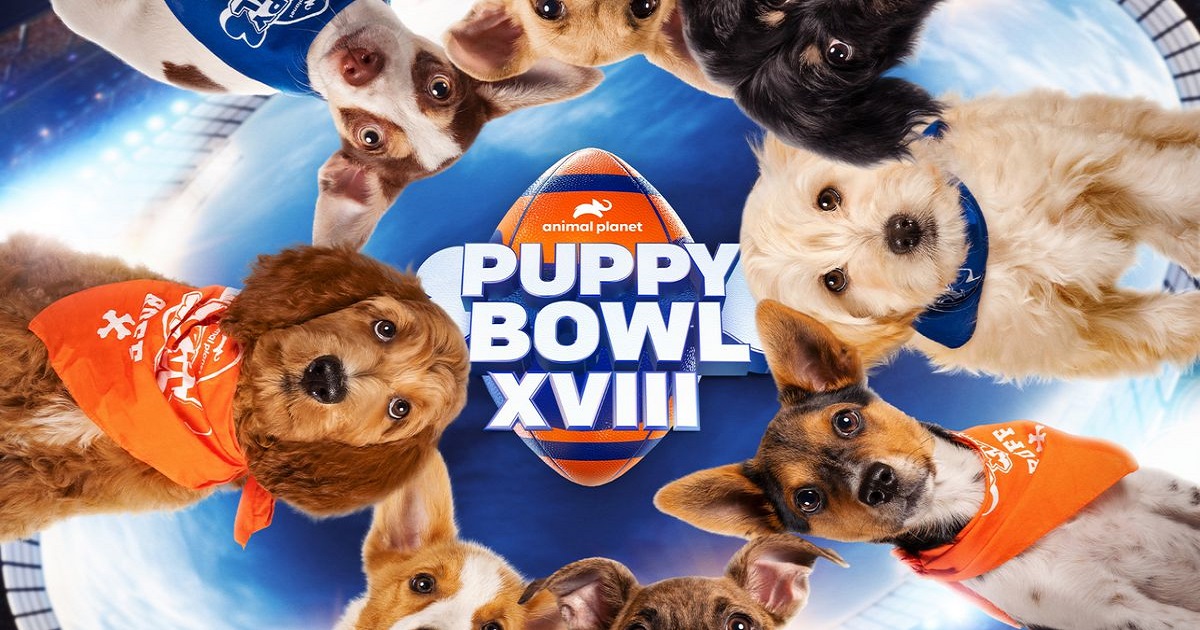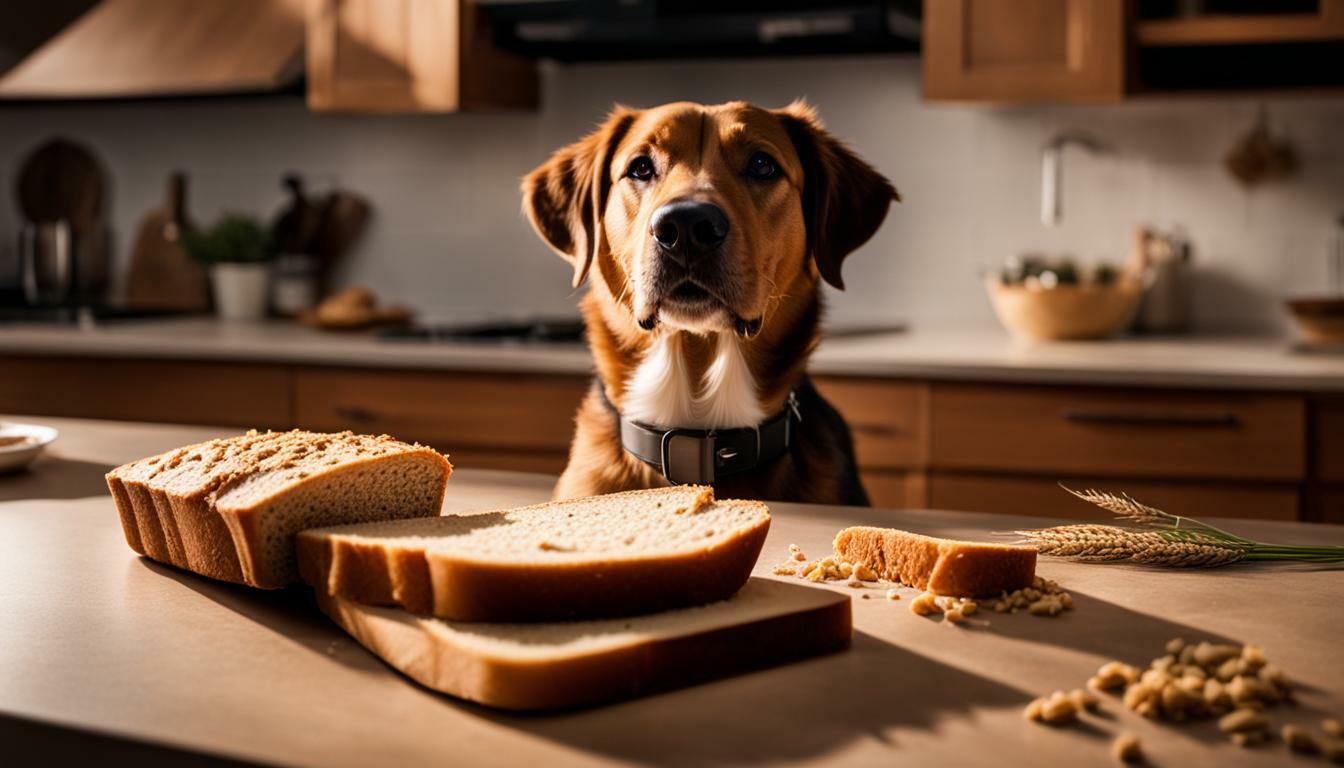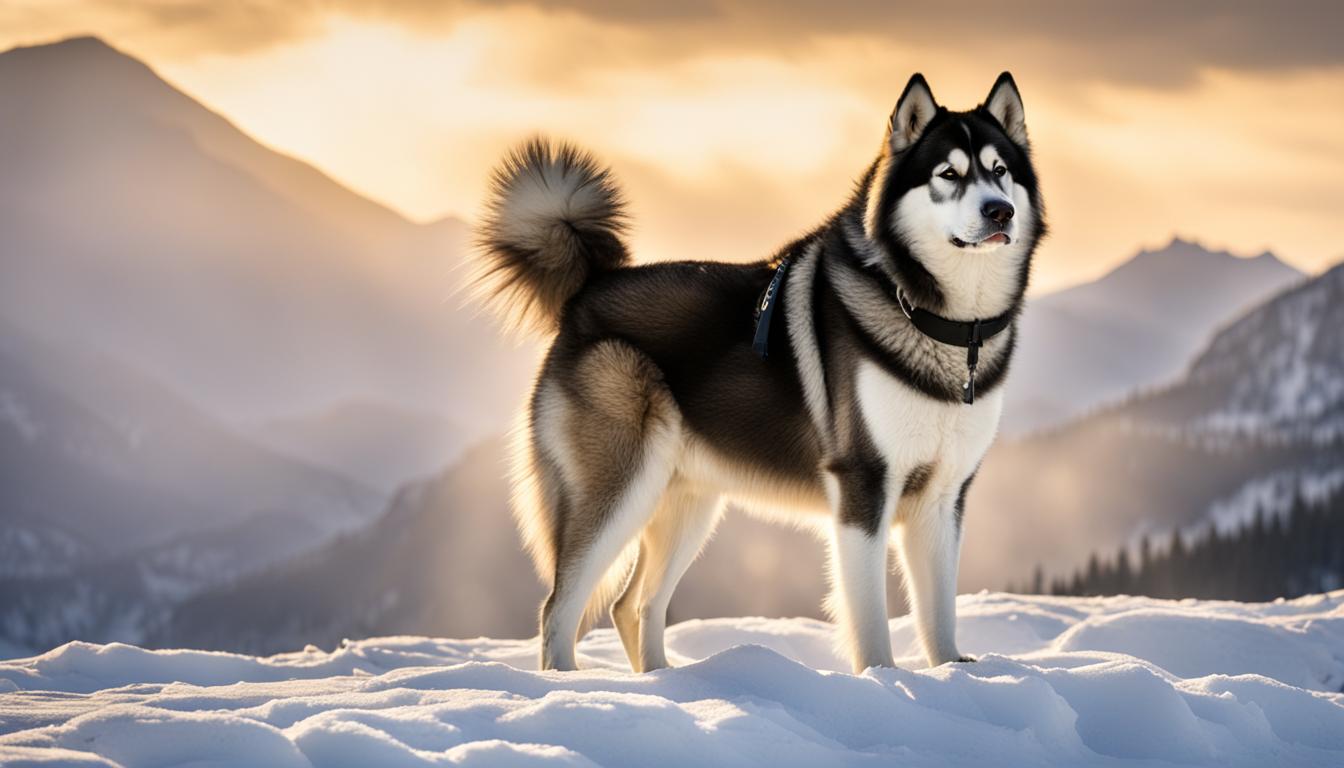Shepherd breed dogs are incredibly versatile, with 16 different types recognized by the American Kennel Club. From obedience competitions to herding sheep, these dogs can do it all. Whether you’re a longtime shepherd dog lover or just getting started, this post is for you. Though some can’t get past the looks of the traditional shepherd dog, believe it or not, Border Collies, Australian Cattle Dog and English Sheepdog all fall within the other shepherd breeds. We’ll introduce you to all 16 types of shepherd dogs and tell you a little about each. So read on if you’re looking for a new furry friend or want to learn more about this beautiful breed.
TYPES OF SHEPHERD DOG BREEDS
1. GERMAN SHEPHERD
The German Shepherd is one of the most popular shepherd breeds in America. These loyal dogs make excellent companions and good family members, with many law enforcement agencies using them for search-and-rescue operations or drug detection trips. The military also relies heavily on this breed – they are often outfitted with tactical gear so their abilities can be used during combat situations where needed most (think: Afghanistan).
The German Shepherd is a tirelessly willing pup with an intelligent mind that can turn its paw to anything, given the proper training. They make great athletes because of how well they do in almost any sport, from dock diving or Schutzhund competition.
They’re watchful, gentle family pets. But it does not lend itself to immediate and indiscriminate friendships; remember that these types of shepherd dogs shed profusely year-round.
Finding a german shepherd’s breeder is not tricky, but finding the right one can be. Those producing working lines focus on developing “high-drive temperaments.” These dogs are great for competitive sports; however, they may struggle to be family companions because of their high activity levels and intensity in play or work environments.
German Shepherds are often known for their intelligence, but this comes at a cost. These highly trainable dogs can be hyperactive or skittish depending on what they’re bred to do in the show ring – which is why you must find an adoptable breeder with good temperament and training techniques.
German Shepherds have been gaining popularity and are becoming more affordable for people who want a family pet. The NextDayPets website reports that the average price to purchase German Shepherds as adults can be about $800, but some well-bred dogs cost much higher.
German Shepherds are known for their classic alert look with erect ears, but some have floppy ones too. These shepherd dogs can come in many colors besides black and tan, which most people think of when they picture most shepherd dogs. As far as more types of shepherd dogs, there are also black german shepherd dogs and Caucasian shepherd dogs that are variations on the breed as well as the greatly popular Australian shepherds and the fairly less popular dutch shepherd.
2. BORDER COLLIE, ROUGH COLLIE & BEARDED COLLIE
Collies are herding dogs that can come in many shapes and sizes, but they’re most commonly associated with the long-haired rough collie or “lassie dog.” Rough collie is probably the most recognizable of the three types of shepherd dogs.
The Border Collie is the smallest of all herding dogs, which most people think about when they imagine a typical sheepdog. They have long hair and an appearance that’s more similar to Old English Sheepdogs than it does any other type of canines.
The Collie is an excellent shepherd dog breed for those looking to have an active, fun-filled life. Border Collies and Bearded Collies generally need more exercise than a rough collie does because they’re “ready when it’s time” but also able to chill out during mellow moments. They are loyal and love to be with people. They get lonely if you leave them for too long, which can lead your Collie into destructive behavior like chewing things up or barking at nothing in particular. A Border Collie needs constant stimulation, a lot more so than a Rough Collie.
All three types of collies are known to be friendly, but they also require a lot from their owners regarding personality. The Rough Collie and Bearded Collie has an independent spirit that makes them difficult for beginners or those who need constant guidance; a Border Collie is highly sensitive, so they need experienced parents with patience when training this type of puppy–and even though these dogs can seem outgoing at first glance (they’re pretty shy), you’ll quickly notice how aloof your pup becomes if given too much attention before its time.
3. BOUVIER DES FLANDRES
The Bouvier des Flandres is a herding dog that can do anything in the barn except milk cows. They are loving and loyal, making them great family pets. The Bouviers are great working dogs, and a prime example of herding breeds, but they still need plenty of space to romp around. They make excellent watchdogs and will show you if there are any strangers nearby.
The Bouviers beagle is a friendly, loving herding dog that will do anything for its owner. They are often left home alone and may become destructive if not taken out soon enough, so make sure you have time to take care of them when it’s bonding time.
To prevent aggressive tendencies from developing, Bouviers needs early socialization. A trip to the dog park probably isn’t a good idea initially, as his command and dominant presence may intimidate other dogs, causing conflict. The Bouvier is an intelligent dog that doesn’t react with the same urgency as other shepherd breeds. They process information and come up with solutions before listening or following instructions.
The long coat of the Bouvier makes it high maintenance in terms of grooming. Daily brushing is necessary to prevent tangles and knots from developing, but this breed can live up to 13 years old with proper care.
4. BERGAMASCO SHEEPDOG
The Bergamasco Sheepdog is a hardworking and intelligent breed of canine. They have low maintenance needs compared to similar types of shepherd dogs, yet still provide an eagerness that will please any owner.
The Bergamasco shepherd dogs are herding dogs bred to protect sheep in the Italian Alps. Unlike other dogs, this breed has a coat made up of three different textures, designed for protection from harsh weather and predators in high altitudes; it forms loose mats called flocks, giving them their distinct appearance.
The friendly and adaptable Bergamasco is an ideal pet for senior citizens or families with small children. With its hypoallergenic coat, this dog won’t need much maintenance other than primary care, such as cleaning its ears every so often. The laid-back personality makes them flawlessly first-time owners who want to please you in any way they can.
Bergamascos are a friendly, social breed that needs moderate exercise to keep them happy. They prefer mutual activity over exploring on their own and may suffer separation anxiety if you don’t train or socialize correctly – but this can be overcome with effort.
5. BRIARD
This large, long-haired breed shares its roots with the Beauceron and, like them, are high-energy animals that just can’t help themselves when it comes to life. Mental exercise is essential for these energetic dogs, so they should get plenty of cognitively stimulating activities or be overwhelmed by their drive.
The Briard is a brilliant, energetic puppy who needs plenty of room to roam. He loves human companionship and can be great company on hiking trips or running errands. The Briard is a clever and loyal dog that needs regular grooming to maintain its cute appearance. However, this can be handy because they’re quick learners with excellent memories of what you teach them.
This breed of dog needs to have been socialized early on in life, so they do not develop an aggressive nature towards strangers or other animals. Things like firm handstrokes and plenty of exposure will help them become more accepting when it comes time to share their space with others.
If you want a friendly, social canine companion to share your life with, look no further than the Briard. These intelligent dogs are rare and difficult breeders, so they often come up for adoption only after spending some time on waiting lists which can be an issue if there’s not enough room at home yet – but don’t worry because most people find themselves falling head over paws in love before long anyway.
6. ANATOLIAN SHEPHERD
Though not an actual herding dog, this ancient and independent breed was developed to guard livestock against predators. Despite being overtaken by more modern species in many areas of North America, they remain exceptional at safeguarding flocks from sleek predators. Protecting these animals against extinction has required special care that only these dogs can provide-and. This is what makes them invaluable today in the herding group.
The Anatolian Shepherd dog is a large, intelligent breed of dog that needs owners willing and able to handle their dominating personality. They are one of the largest shepherd dog breed that exists, compared to other herding breeds. Though they are alpha personalities, they are typically great with other pets. They simply require a lot of physical and mental stimulation to keep them entertained.
Their loyalty knows no bounds. This dog is devoted to his family, friends, and pets with “fierce possessiveness.” While not aggressive, he may respond suspiciously towards strangers or those who come too close for comfort, making them perfect guard dogs. They also are known to herd sheep.
The Anatolian Shepherd is a clever, devoted dog that needs high fences and lots of supervision. Not suited for first-time owners or those with less experience raising dogs, this breed can be found in reputable breeders throughout the US, but you should expect to pay around $1 700 dollars on average if buying from one (which has been proven time after again). They are generally healthy dogs with impeccable herding instincts.
7. AUSTRALIAN KELPIE
The Australian Kelpie is a friendly and intelligent dog that originates from Scotland. This herder has limitless energy and low maintenance care needs due to its high exercise routine requirements, although he may try pushing children around if they aren’t given enough playtime outside the house. Kelpies need plenty of mental and physical stimulation to stay happy. They make good family dogs and are active dogs that appreciate the attention of children.
If they become bored or overstimulated, your pet could get hyperactive and even start venting his frustration by destructive behaviors like chewing things up. Kelpies are naturally cautious animals, so it’s essential to socialize them from an early age. They can also be stubborn and need extensive training if you want your pup trained well enough for all sorts of situations.
Kelpies are medium-sized, hardy dogs with few health issues. They shed pretty heavily once per year and can be found in mixed breed rescue groups if you don’t mind adopting an unusual pet.
8. AUSTRALIAN SHEPHERD
Affectionate and friendly, the Australian Shepherd is an excellent dog for work and play. They are intelligent family dogs that can easily be trained to follow you on any adventure. An Australian Shepherd is great for families with active lifestyles because they will accompany their human companions wherever they go – running alongside bicycles or hiking in the mountains.
Though the Australian Shepherd (also known as Australian Cattle Dogs) is a high-energy dog, it’s intelligent and needs plenty of exercises. This breed may be perfect if you’re looking for an active pup that loves learning tricks or participating in agility trials. They are also highly obedient dogs, which makes them an ideal family pet. Their primary function is to be herding dogs, though they are capable of much more than just that. An Australian cattle dog will surprise you with its extreme intelligence and intuition
The Australian Shepherd dog breed is a little more high-maintenance than the Kelpie. This breed needs regular grooming, especially when shedding its long coat, and it’s prone to developing hereditary eye diseases or other health conditions, including “nasal dermatitis,” hip dysplasia,” and epilepsy.
Australian Shepherds are the most popular shepherd breed in Australia. If you’re looking for a well-bred puppy from a reputable Australian Shepherd breeder, expect to pay $600-$3k depending on quality and bloodlines. The Australian cattle dog is in high demand among most herding breeds, due to their ability to effectively herd sheep.
9. BEAUCERON
The Beauceron is a dog breed from France originally bred to hunt wild boar, but it also became useful as an agricultural guardian and herding animal. They’re a large and shaggy sheepdog that initially came from Brie. It has an imposing appearance, but it’s pretty gentle when you get to know them well enough.
The Beauceron is a great family protector, but only in households with confident and watchful handlers. Otherwise, they may try to control everything or everyone if left unchecked by an experienced trainer who knows how vital this dog breed can be for security work.
Like any other herding dog, the Beauceron needs lots of exercises and mental stimulation. They excel at a range of doggo sports, using their natural tracking skills and obedience training for protection. They are also handy when it comes to being search and rescue dogs. This is a dog breed not to be underestimated in its intelligence.
If you’re looking for a low-maintenance, friendly dog that will settle into your home quickly and easily, then this short-haired dog is what’s right. They prefer living outside with plenty of space but can live indoors if needed, so they would do well on farms or houses with large yards available.
The Beauceron might be one of the most challenging shepherd dog breed to find. The dogs are athletic and powerful but have an elegant look that makes them stand out from other similar-looking breeds. A wait list is typically required for this type if you want him or her.
10. BELGIAN SHEPHERD
The four varieties of Belgian Shepherd dogs share a similar origin, descending from “a type of shepherd dog found throughout Western Europe.”
The four varieties are:
- The long-coated Tervuren
- The rough-coated Belgian Laekenois
- The black, long-haired Belgian Groenendael
- The Belgian Malinois dogs with their short coat and distinctive black mask
Belgian Shepherd dogs are one of the most intelligent dog breeds on earth. These dogs are agile and athletic, making them excel at dog sports, and ideal herding dogs, but they can also be challenging to live with because this kind needs plenty of physical exercises and mental stimulation to avoid developing obsessive or destructive behaviors.
While another shepherd dog breed might have a higher-than-normal prey instinct, a Belgian Shepherd is more prone to chasing anything that moves.
The Belgian Shepherd dog is a top-notch competitor in protection dog sports like Schutzhund and ring sport. If you can channel their natural athleticism, this breed will be adept at various activities with friends or family.
All Belgian Shepherds are bred in the U.S., but it seems like Laekenois models have a more limited availability than other varieties of this breed. You should budget $1,500 for your pup’s initial purchase price, with another thousand dollars necessary if you wish to get an elite-level Belgian Malinois puppy from birth. Belgian Malinois are often trained on special task forces for the military and are commonly police dogs as well. Important to note that a Belgian Malinois is different than a Belgian sheepdog.
11. ICELANDIC SHEEPDOG
The Icelandic Sheep Dog is a new breed I had never heard of before. These herding dogs have garnered plenty of interest in America, jumping 24 spots on the American Kennel Club‘s “Most Popular Breeds List” for 2019. Quite different than what we’re used to seeing in the more well-known English sheepdog.
The friendly and playful Icelandic Sheepdog is a small-to-medium breed originally bred to resemble the fox. This animal has an affectionate personality, making it great for families with children or other animals needing company. This dog is not suited to apartment life with their high energy levels. But with plenty of exercise and time outside playing buddy or guard animal for your family? They will be happy as well, hardy.
The Icelandic sheepdog is a friendly and easy-going breed. They get along well with other animals, as well as kids! You should only keep an eye on if your daughter has pets at home or nearby – they may mistake her hamster for something more delicious than lunch.
The thick, double coat of the Icelandic sheepdog means daily brushing will likely be in order. These dogs are generally healthy and easy to train, but they “don’t respond well when you’re mean or harsh with them while training.”
Who wouldn’t want to be the owner of an adorable and intelligent animal like this? The Icelandic Sheepdog is not only friendly, but also pretty hard to find. You need about $1000 to get one and put your name on a waiting list. Sheepdog lovers might find themselves impatient for this in-demand dog and go for the traditional English sheepdog instead.
12. WHITE SWISS SHEPHERD
The White Swiss Shepherd Dog is a friendly, intelligent breed bred in Switzerland by imported white shepherds from Canada. These herding dogs are often disliked because they’re not black like other colors of the german shepherd but still make an excellent pet for anyone looking to have some fun with their fur baby. They are one of the most admired shepherd dog breeds. Known to some as the Caucasian shepherd dog, due to their difference in color, this is an absolutely stunning shepherd dog to lay eyes on.
White Swiss Shepherds share many similarities with German Shepherd, including their size and coat. However, it’s important to note that these shepherd dogs aren’t albinos because you can see the black color of their nose AND eye rims, in addition to having dark brown eyes like most other types on this list.
The Swiss Shepherds are very active, athletic, and trainable shepherd dogs. They tend to be less aloof with strangers than German shepherds, but remain friendly towards people.
The Swiss White Shepherd dog is a breed that can be hard to come by in the US. They are most prevalent near their country of origin and neighboring European countries, so expect them to cost around $1,300 for a puppy from health-tested well-bred lines.
13. WELSH CORGI
The Cardigan and Pembrokeshire Welsh Corgi may not look like your average shepherd dogs, but they were bred to be herders. These two breeds remain among the world’s most popular herding types.
Low-maintenance and suitable for novices, these pocket-sized pups enjoy exercise. They’re also built to keep up with the household tasks that their more giant canine companions might excel at, such as rough terrain or long walks on bright days.
The Pembroke Welsh Corgi is a herding dog that loves to work. He’s also adaptable enough for active family life, but if you give him some direction with his job-that will make it easier on both of you! The best way to train this pup early can prevent nipping at all.
The Pembroke Welsh Corgi is a small yet energetic dog that benefits from weekly grooming. They are typically independent and sensitive, which means they need “positive reward-based training.” With their short hair and stocky build, Corgis are perfect for all kinds of work. They were bred as herders, despite not what you picture as typical cattle dogs, but can also be versatile in other roles such as protecting homes or taking on pest control jobs.
The Miniature Corgi is a perfect pet for those who want an energetic little companion but don’t have the space. They are small and light enough that living in apartments works well for them, as long as their exercise needs get met.
14. SHETLAND SHEEPDOG
The Sheltie is a long-haired, brown, and white dog that originated on the shores of Scotland. Bred to keep hungry birds out of farmers’ gardens but also excellent watchdogs with a fantastic ability for companionship.
This friendly, intelligent canine has been proving its worth as a reliable workhorse for centuries. The Shetland enjoys being around people and is perfect for novice owners or families who want an all-around companion at home during their daily lives on city streets.
Shetland Sheepdogs have been known to be loyal and protective of their family’s home, with an alerting nature that will bark if they sense anything amiss in the territory. Early training can help control this behavior while maintaining it as a reliable watchdog – just like all good dogs should.
Shelties have a strong herding dog instinct that can make them nippy with others, especially when they are prone to chasing after small children or furry animals. Early training will help resolve this unwanted behavior.
The Shetland Sheepdog is known for its independent spirit, which means they’re not as affected by separation anxiety. If you give them lots of attention while at home, the dog will be content with waiting around on your return.
15. OLD ENGLISH SHEEPDOG
The Old English Sheepdog is an excellent shepherd dog breed for dog owners who want an active companion that can be either gentle or tough. They’re also known to have many “house-dog qualities,” such as watchfulness, courage, and intelligence, which make them perfect at protecting their owner’s property from intruders.
Grooming a shepherd breed dog is a time-consuming task that can become quite tedious. If you’re not prepared to commit the necessary number of grooming sessions, this might not be the right breed for your lifestyle since they require so much attention.
Old English Sheepdogs are a perfect fit for family life. As family pets, they’re affectionate and fun-loving; they don’t mind living in small spaces as long as their exercise requirements aren’t too high. Even then, Oldeka has an off switch few other herding dogs can access, making them great alone or with others of various mentalities.
Many experienced breeders recommend training Old English Sheepdogs at an early age, but it is crucial never to allow your puppy to do something you would not want a large shaggy wet dog doing in the house.
The Old English Sheepdog, one of the most popular dog breeds, is a dog breed known to be physically and emotionally fragile. Make sure you only source your puppy from a reputable breeder who will take care of them throughout their lifetime, as they are prone to hyperactivity, fearfulness aggression in some cases due to their heritage from working shepherd breeds such as the Galloway Cow Dog.
16. MINIATURE AMERICAN SHEPHERD
The Mini American Shepherd is a friendly and quiet breed of dog. American Shepherds don’t bark often, but you’ll know about it when it happens. If your little friend starts barking without permission or at random times throughout the day, there’s some training involved to get them back on track with what feels better for both parties involved- spoiled pets will learn how much noise makes people happy while being indoors instead.
The Miniature American Shepherd is an energetic and challenging dog with a natural affinity for horses. They became popular working dogs among equestrians traveling to horse shows because of their intelligence, loyalty, and size – making them excellent travel companions.
The Miniature American Shepherd is an excellent dog for city dwellers, as it has a keen eye and “watchful expression.” These intelligent canines adjust well to life in the metropolis, provided they get enough exercise. They also excel at canine events like agility obedience trials and were originally bred for tracking activities.
Though they may seem like tiny dogs, the Miniature American Shepherd is a herding breed. They’re gentle and patient with children making them excellent fitness companions. The American Kennel Club is an excellent resource for finding Miniature American Shepherds. With so many breeders pages, it’s easy to find one that suits your needs and personality. These are top-rated herding dogs, though a bit lesser known than other shepherd dog breeds.
FINAL THOUGHTS: DOGS WITH SHEPHERD BREEDS
Whether you’re looking for a new furry friend for the first time, or are experienced dog owners who want to learn about shepherd dogs, I hope you’ve found this post helpful. Each of the 16 types of dogs with shepherd breeds has its unique personality and skill set, so it’s essential to do your research before bringing one home. Thanks for reading!
FAQS (FREQUENTLY ASKED QUESTIONS)
Q: HOW MANY TYPES OF SHEPHERD BREEDS ARE THERE?
A: Shepherd dogs come in all shapes and sizes, with 30 different types. The Welsh Corgi is one type that might not be suited for the herding sheep job, but still performs surprisingly well as a shepherd creature. They are quite versatile farm dogs and do possess herding instincts, much in the same way cattle dogs do.
Q: WHAT ARE THE RAREST SHEPHERD BREEDS?
The liver German Shepherd is among the rarest dogs, so you’re unlikely to find one at your local shelter. Most livers come from “designer or specialty breeding programs,” but they can sometimes appear in litters created by regular dog breeder couples. Also rare are the Cardigan welsh corgi, Caucasian shepherd dog, dutch shepherd, and belgian sheepdog.
Q: WHAT IS THE NUMBER ONE SMARTEST DOG BREED?
A: The Border Collie is known for its intelligence and working ability in herding sheep, which it prizes above all else. It’s not surprising that shepherds have used Border Collies throughout history to drive their flocks across vast distances of open land without getting lost. They are quite masterful at their ability to herd sheep.
Q: WHAT IS THE MOST PROTECTIVE FAMILY DOG?
A: Top 7 dog breeds
- German shepherd.
- Rottweiler.
- Doberman pinscher.
- Bullmastiff.
- Boxer.
- Great Dane.
- Belgian Malinois dog
Q: WHAT KIND OF DOG BREED IS SCOOBY DOO?
A: Scooby Doo is a big, friendly Great Dane dog. No wonder he was created by Iwao Takamoto and animated at Hanna-Barbera Productions! The character has taken plenty of liberties with this fictional series to make him/her more attractive than real-life dogs like Scoobies could hope to be in their wildest dreams.

